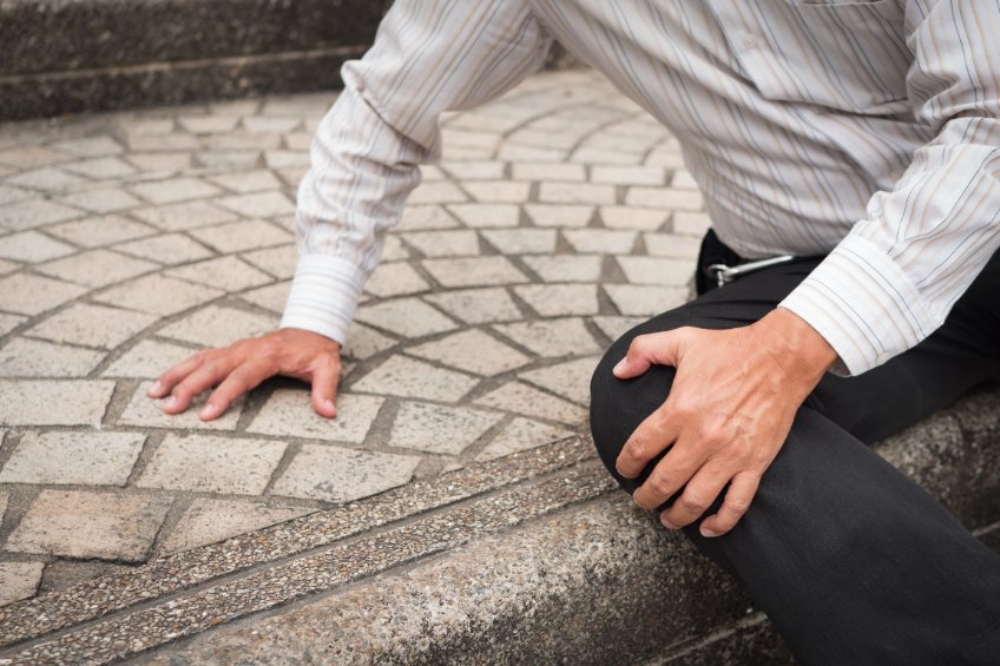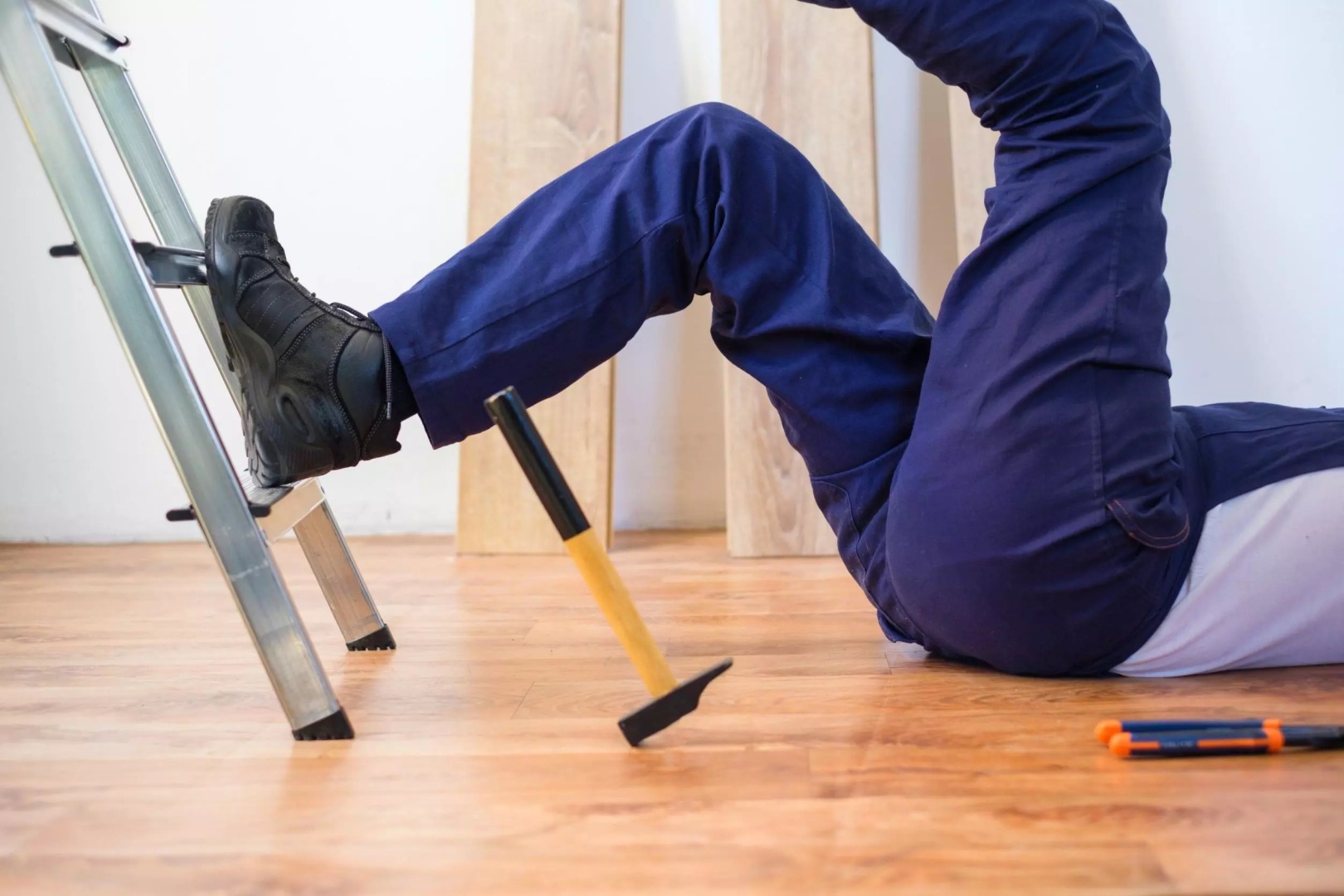Comments
- No comments found

Slip and fall accidents are common occurrences that can lead to serious injuries.
In California, these accidents often lead to legal claims where the injured party seeks compensation from the property owner. However, the concept of "assumption of risk" can significantly impact these claims. Assumption of risk refers to a legal doctrine that can limit or even eliminate a property owner’s liability if the injured person knowingly exposed themselves to a hazardous condition. This principle is often used as a defense in slip and fall cases to argue that the injured party was aware of the risk but chose to proceed anyway. Understanding how this defense works and when it applies is crucial for anyone considering a slip and fall claim in California. It can make the difference between a successful claim and one that is dismissed.
Assumption of risk is a legal defense that argues that a person who voluntarily engages in an activity with known dangers cannot hold another party responsible for injuries resulting from those dangers. In California, this defense is often used in personal injury cases, including slip and fall claims. When a person enters a property and is aware of a potential hazard, such as a wet floor or uneven pavement, and decides to proceed anyway, they are essentially accepting the risk involved. If an injury occurs under these circumstances, the property owner may argue that the injured person assumed the risk. This means the property owner might not be liable for damages. The success of this defense depends on the specific facts of the case.
There are two main types of assumption of risk: implied and express. Express assumption of risk occurs when an individual explicitly agrees, usually in writing, to accept the risks involved in an activity. For example, signing a waiver before entering a gym or participating in a sporting event is considered an express assumption of risk. Implied assumption of risk, on the other hand, is not based on written agreements but rather on the actions and circumstances of the situation. For instance, if someone sees a "wet floor" sign and still decides to walk on the wet surface, it can be argued that they impliedly assumed the risk of falling. Both types of assumption of risk can impact a slip and fall claim, but they are applied differently in legal proceedings.

In slip and fall cases, the assumption of risk can significantly affect the outcome of a claim. If a property owner successfully proves that the injured person assumed the risk, they may be able to avoid liability. This defense is more commonly used in situations where the danger was obvious, such as a clearly marked wet floor. However, just because a property owner raises this defense does not mean they will automatically win. Courts will carefully examine the facts to determine whether the risk was indeed assumed. For instance, if the hazard was not obvious or the property owner failed to provide adequate warnings, the defense may not hold. The outcome often depends on whether a reasonable person would have been aware of the risk and acted differently.
California follows a "comparative negligence" rule, which allows for shared fault in personal injury cases. This means that even if a person assumed some risk, they may still recover damages if the property owner is found to be partially at fault. For example, if a court finds that the injured person was 30% responsible for their injuries and the property owner was 70% responsible, the injured person could still recover 70% of their damages. The interplay between comparative negligence and assumption of risk can be complex. It requires careful consideration of all the facts. It is often wise to consult with a legal professional to understand how these principles apply to a specific case.
While assumption of risk is a strong defense, it does not apply in every situation. There are several exceptions where the doctrine may not protect a property owner. One key exception is when the property owner has engaged in gross negligence or intentional misconduct. For example, if a property owner knew about a dangerous condition and did nothing to fix it or warn visitors, they could still be held liable. Another exception is when the injured person did not have a real choice to avoid the risk. In such cases, the assumption of risk defense may be weakened or eliminated altogether. These exceptions are important to consider when evaluating a slip and fall claim in California.
Assumption of risk can play a crucial role in determining the outcome of slip and fall claims in California. This legal defense can limit or even negate a property owner's liability when an injured person knowingly encounters a dangerous condition. Understanding the different types of assumption of risk, such as express and implied, helps clarify how this doctrine works. However, the defense is not absolute and does not apply in every case. Factors like comparative negligence and exceptions for gross negligence must also be considered. For those involved in slip and fall incidents, understanding these legal concepts can provide clarity on the potential challenges in pursuing a claim. Consulting with an experienced attorney can help navigate the complexities of assumption of risk and increase the chances of a favorable outcome.
Leave your comments
Post comment as a guest